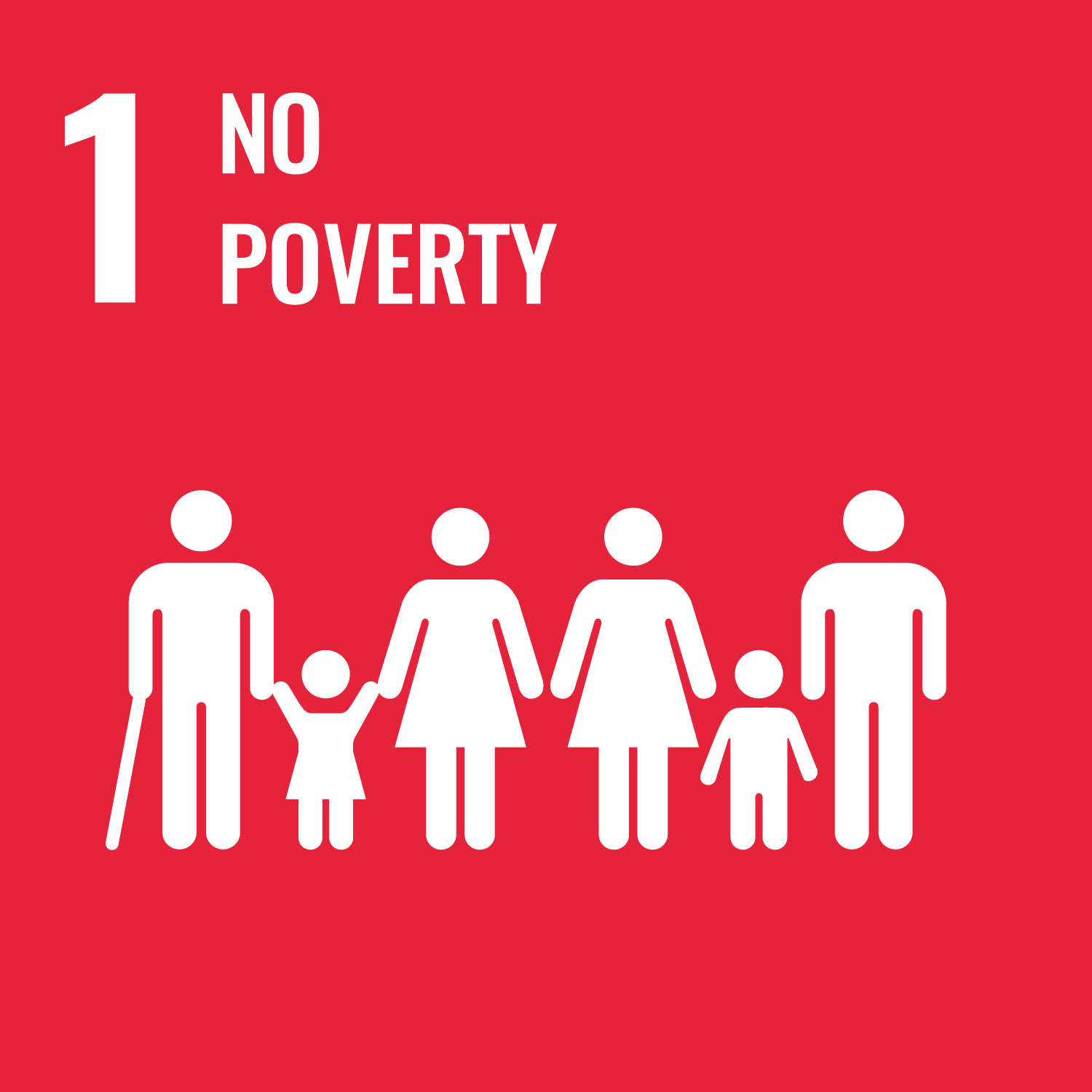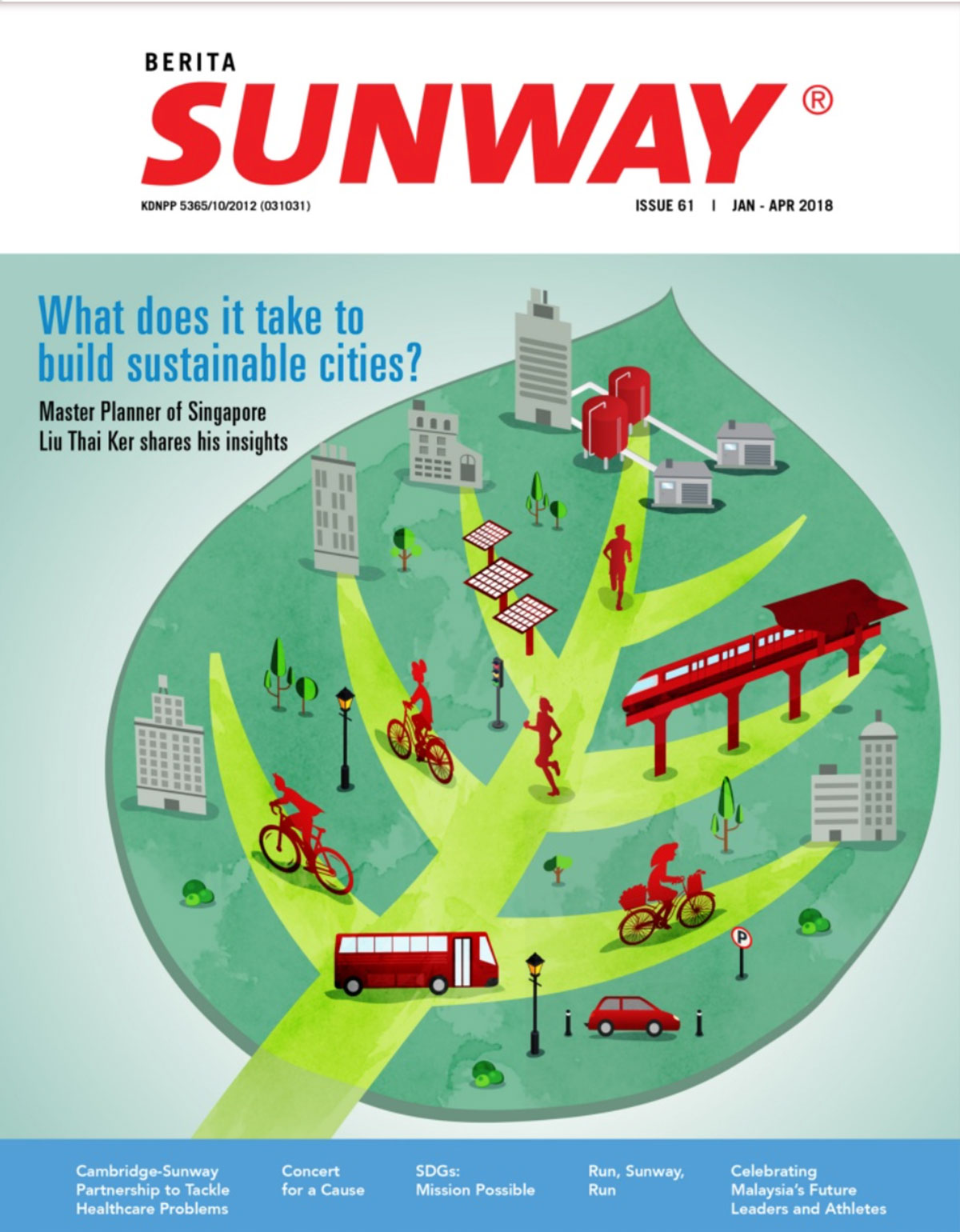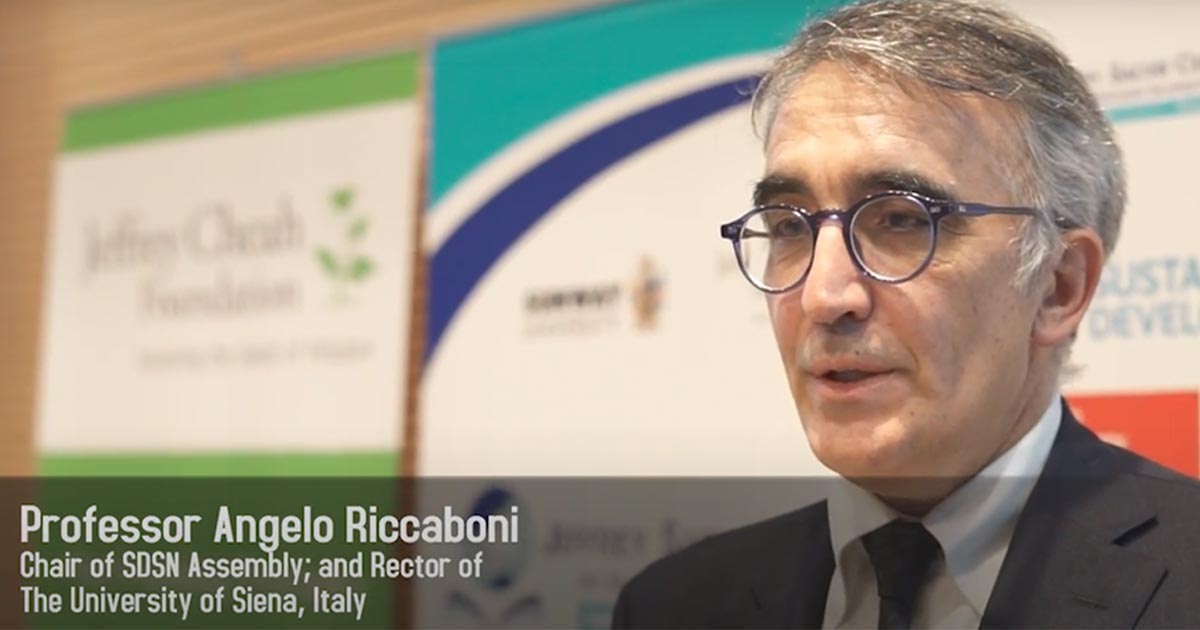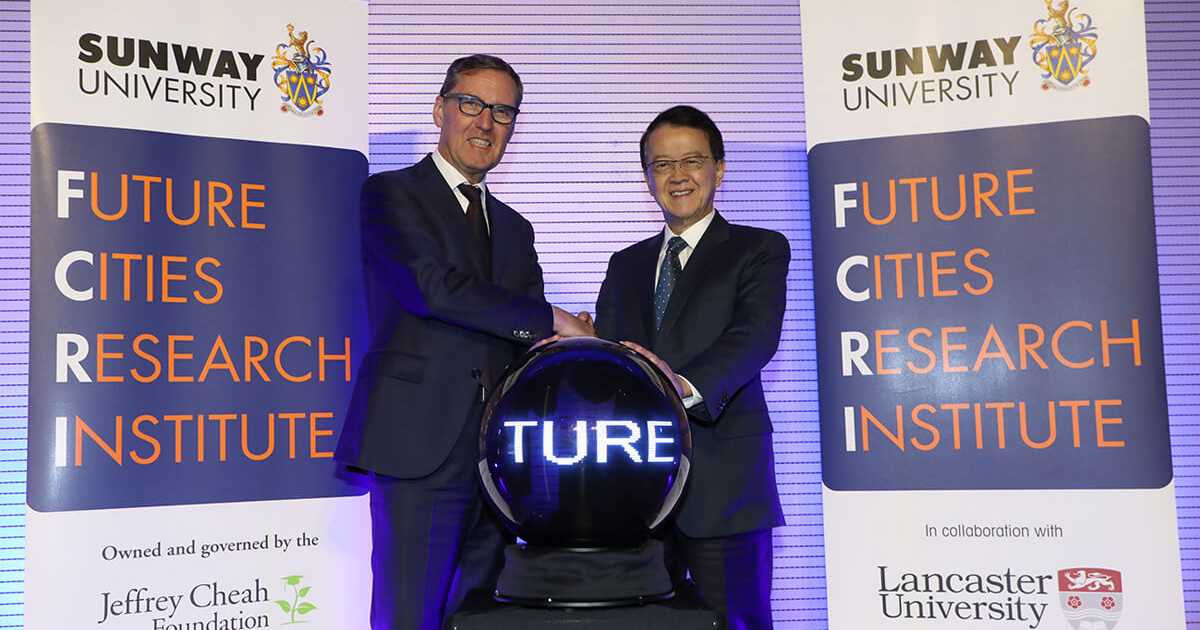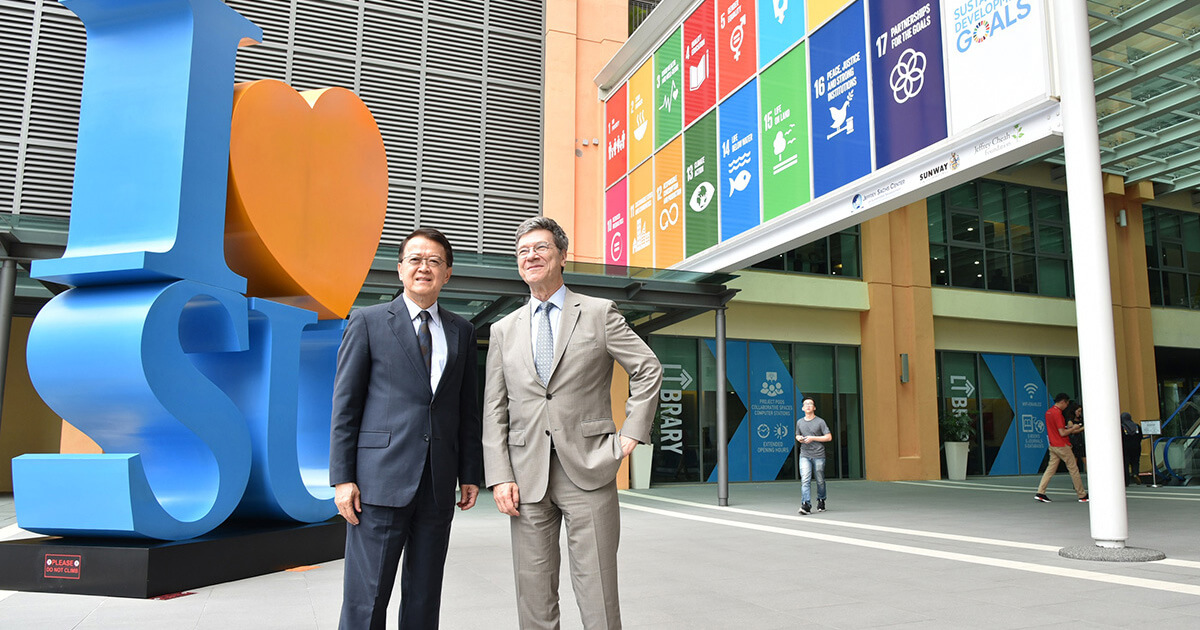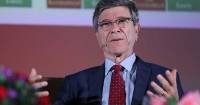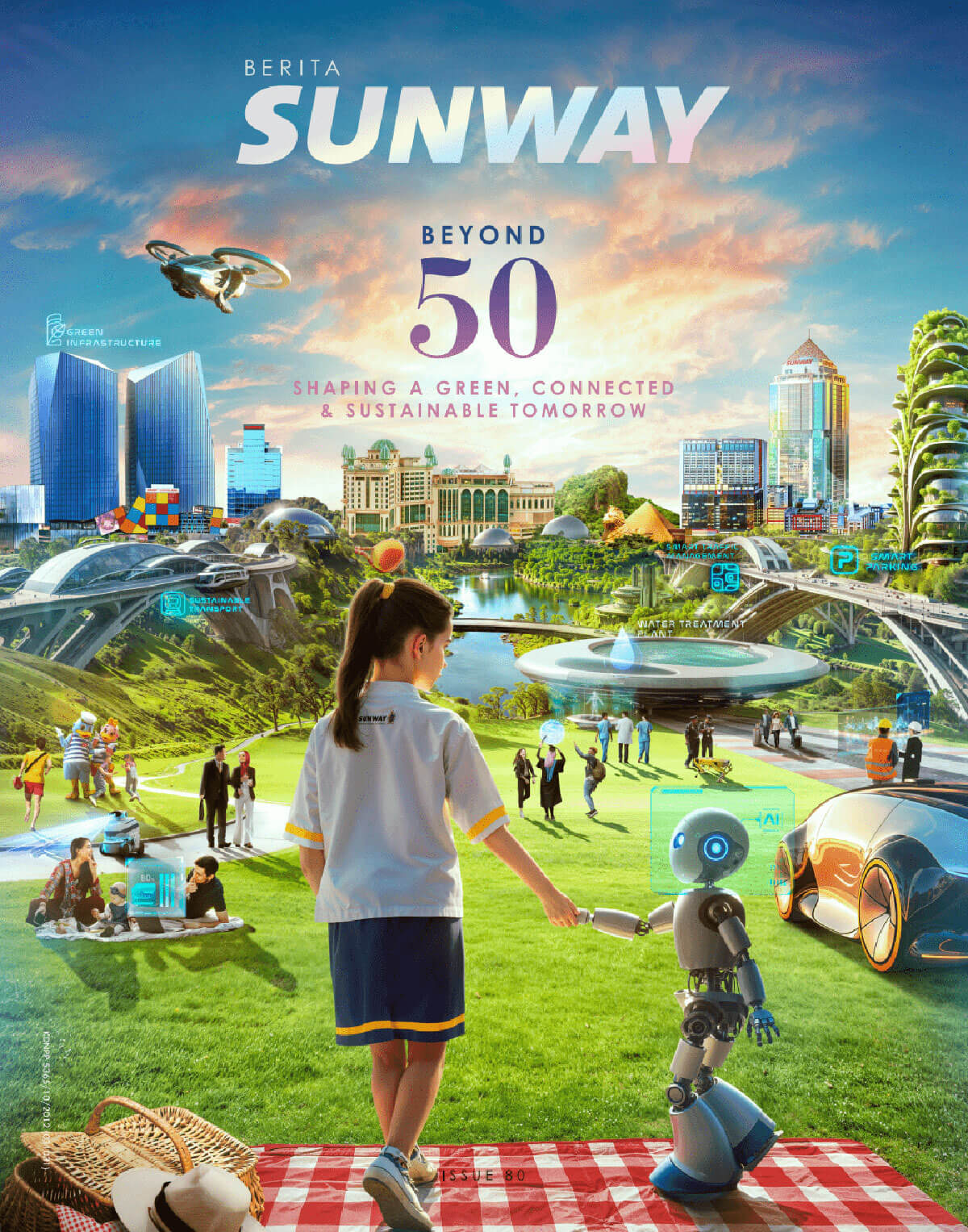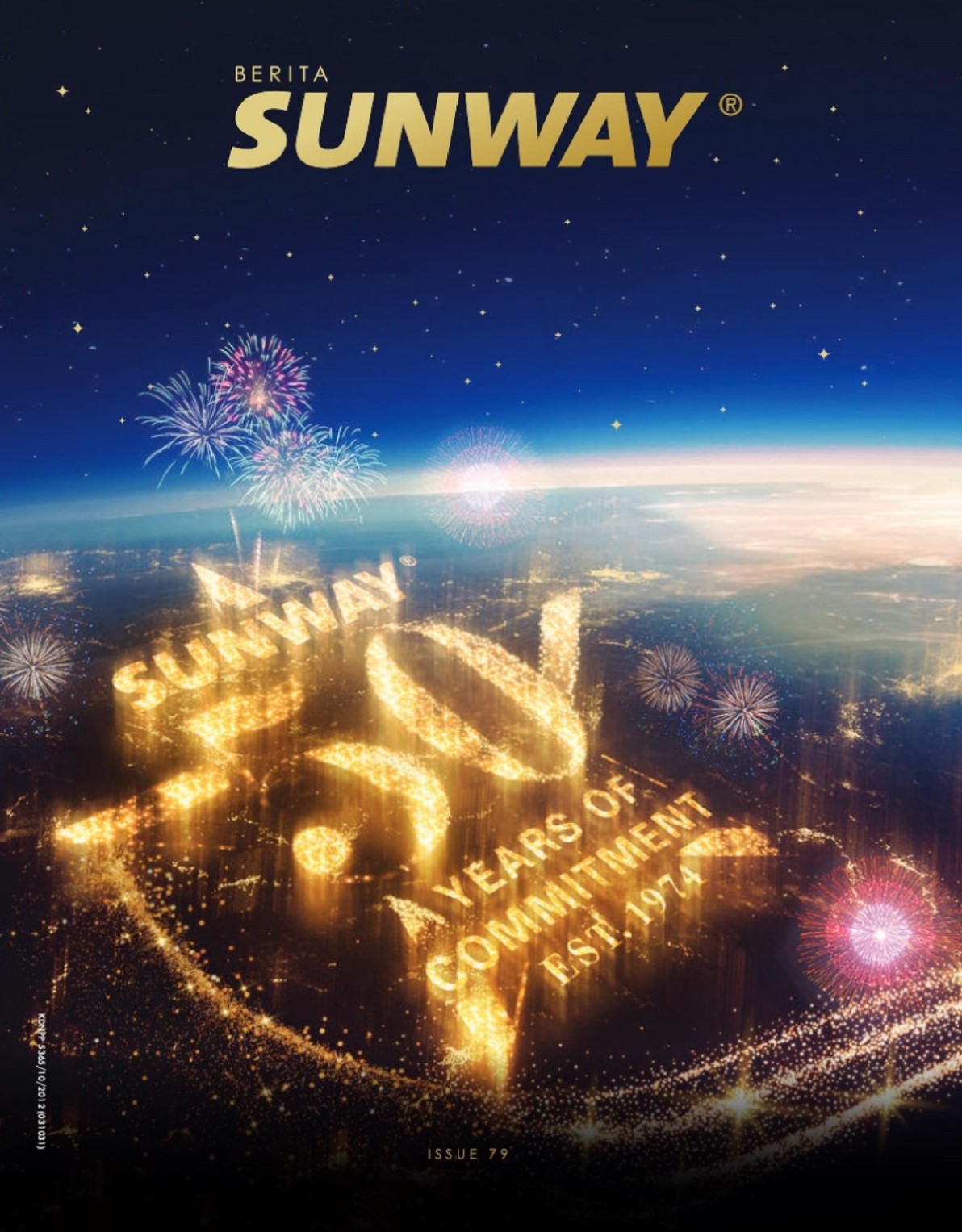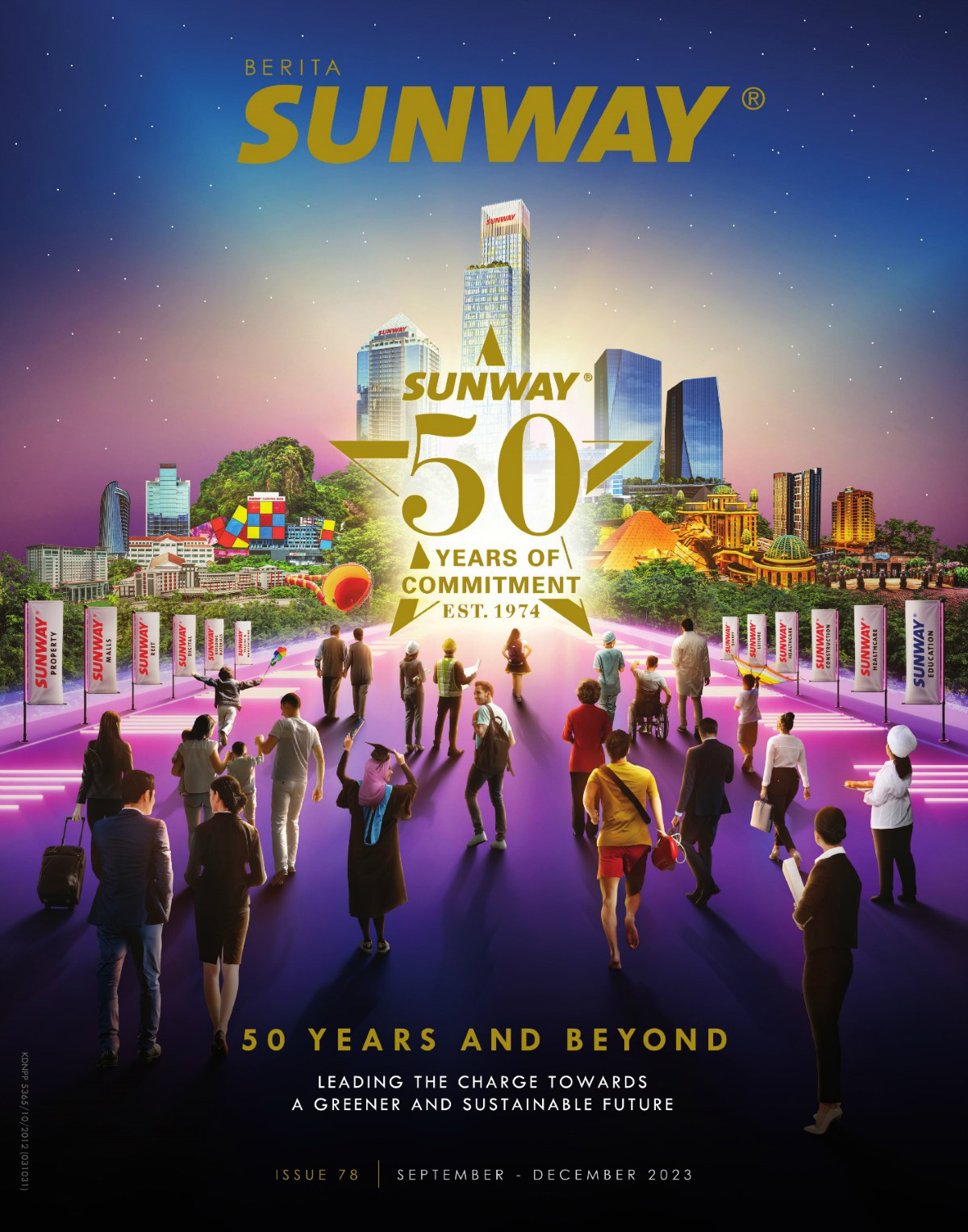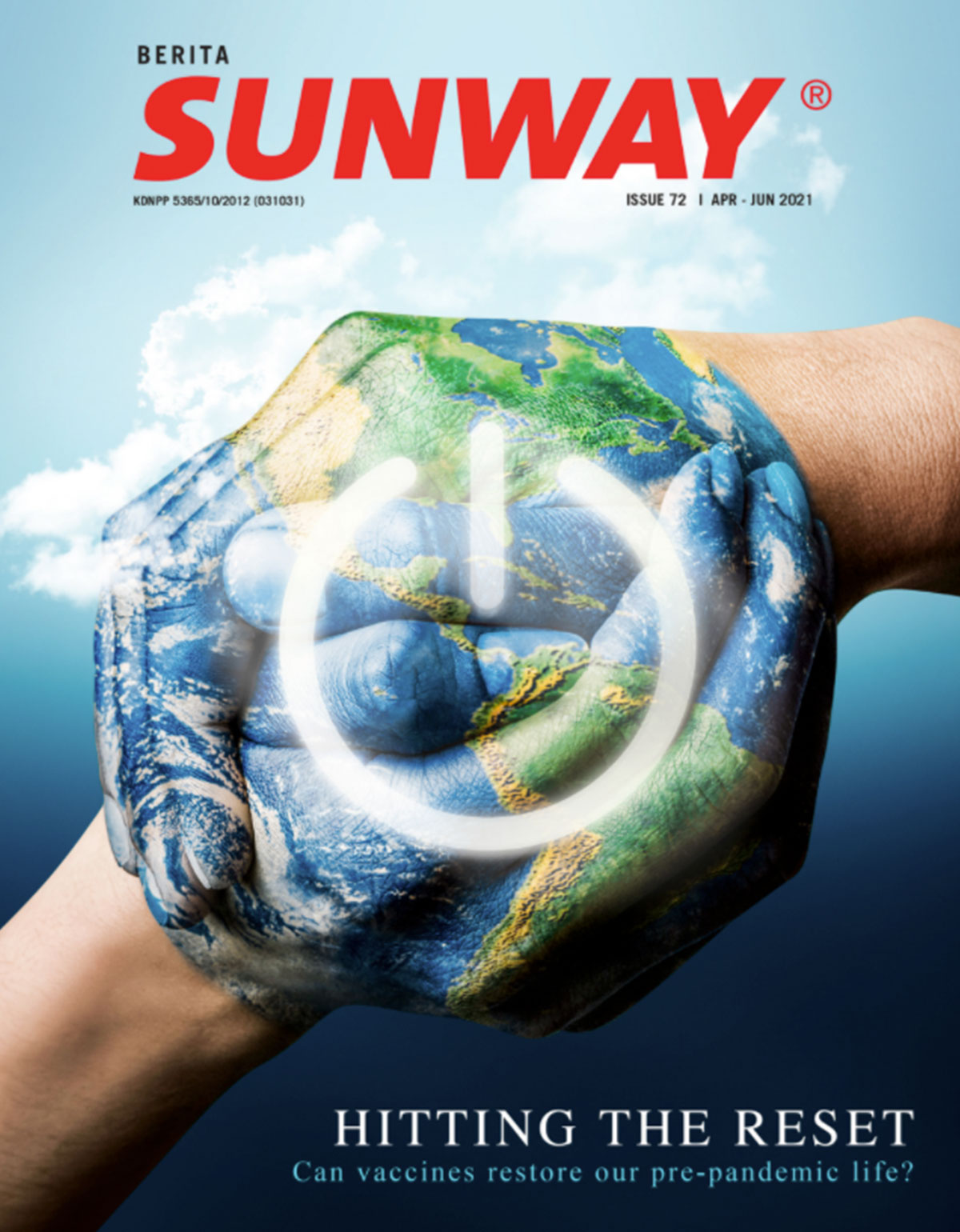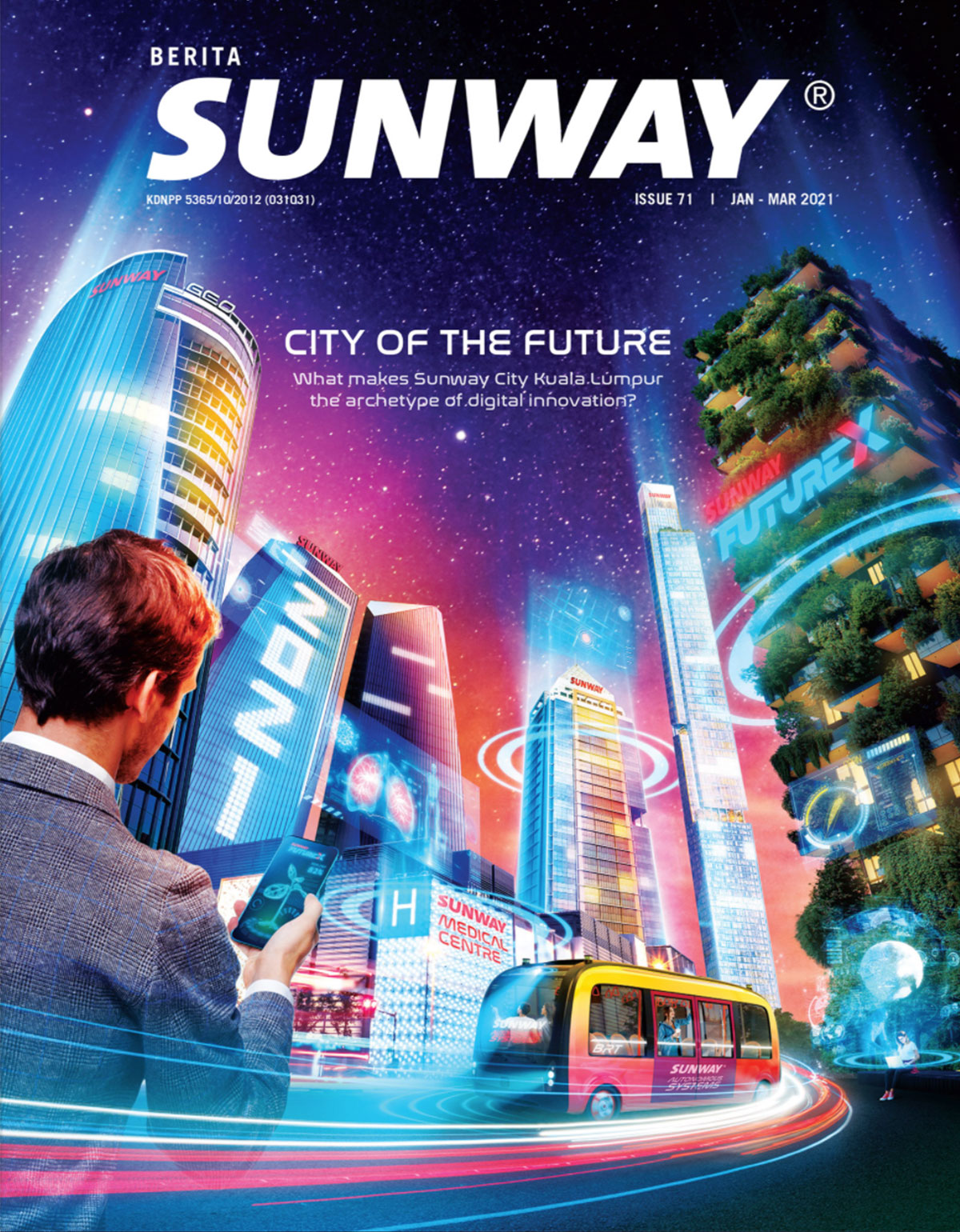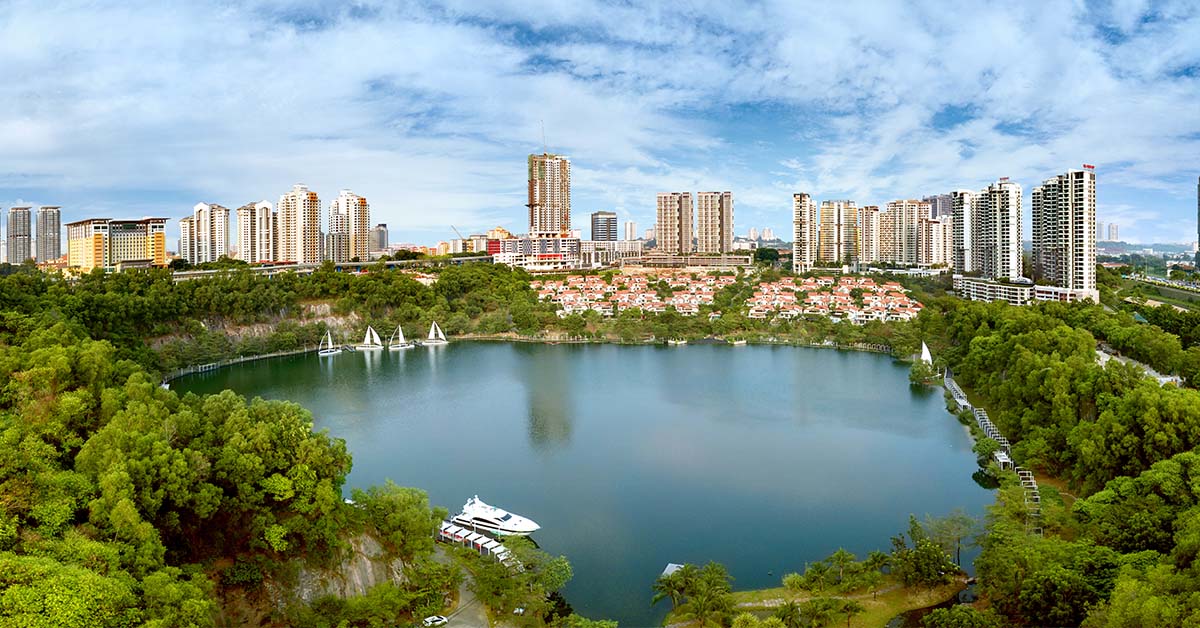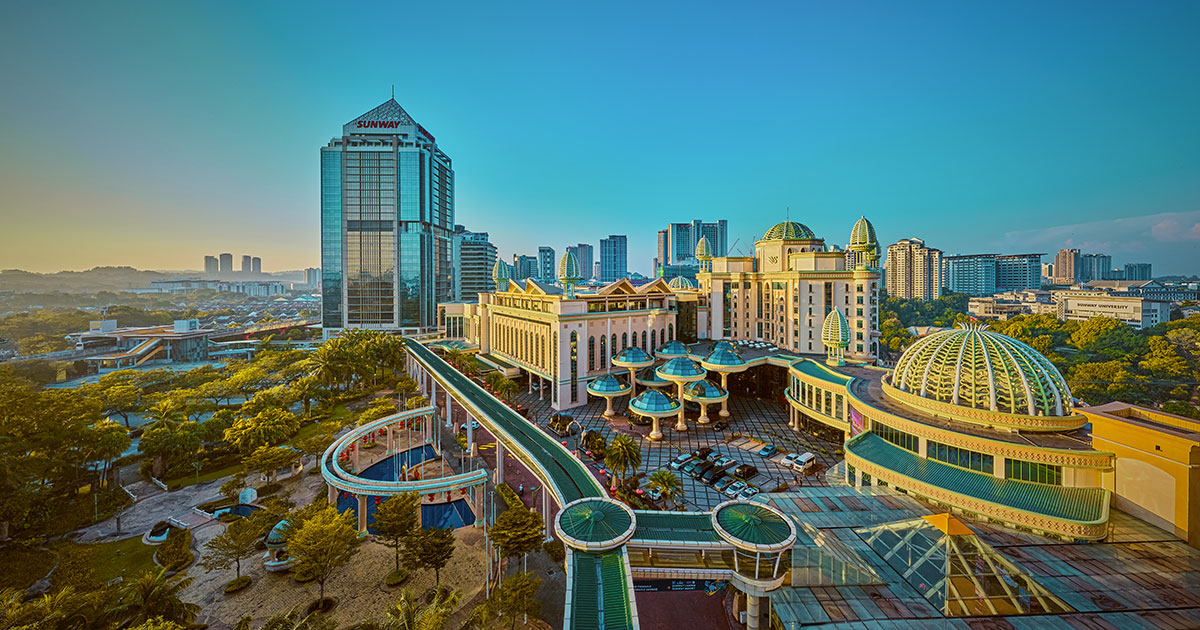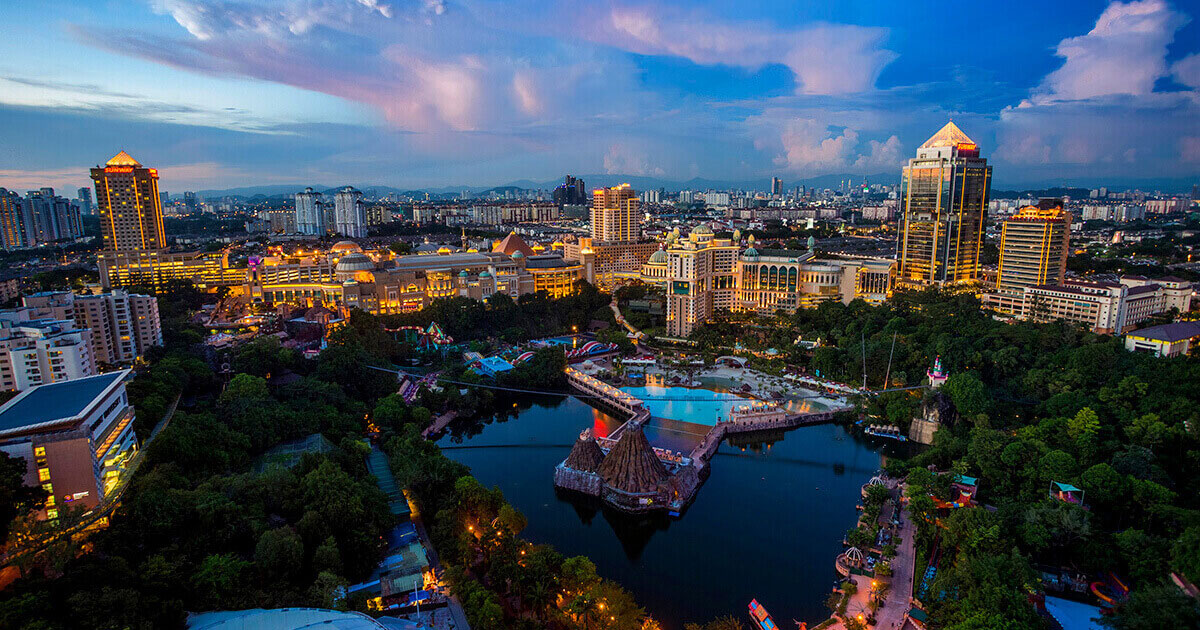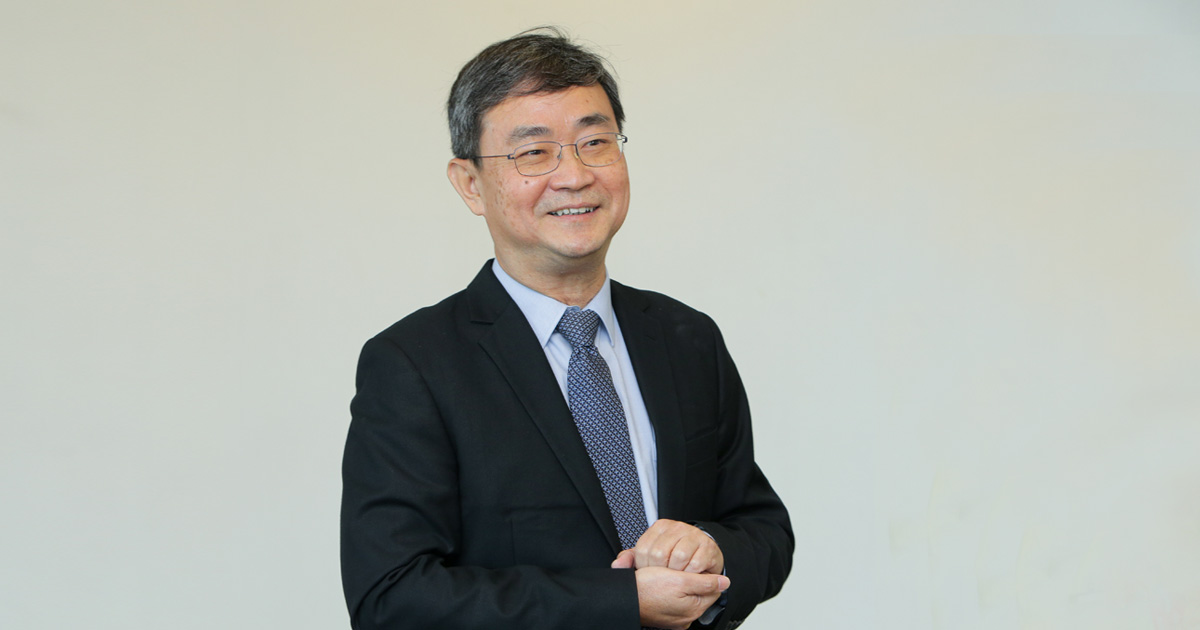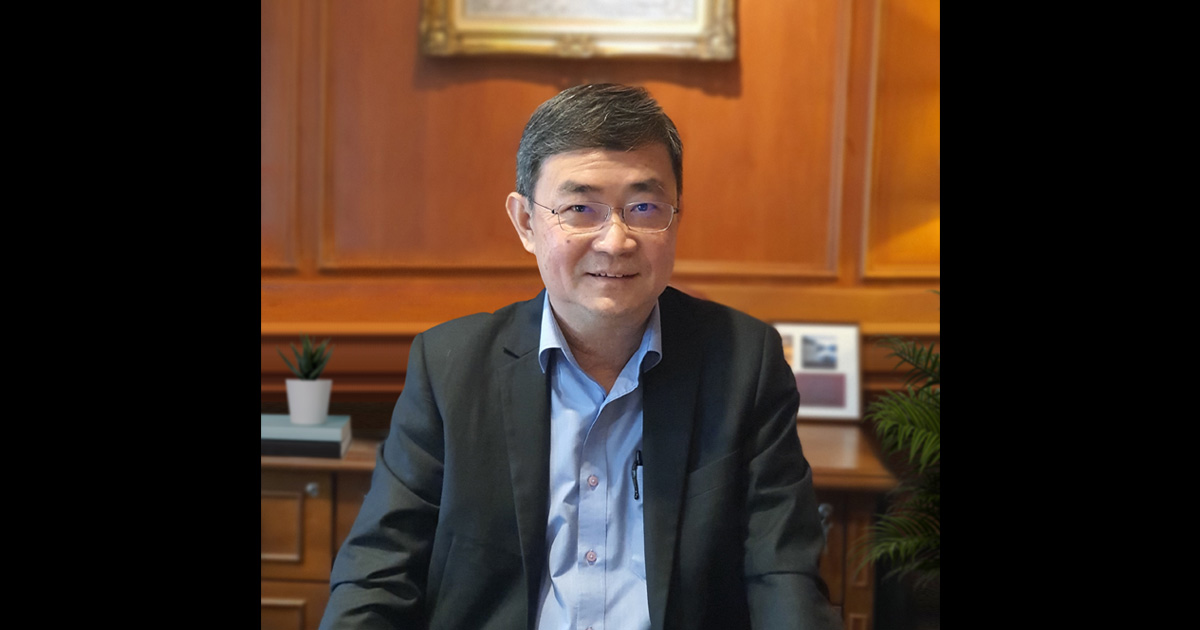Building Sustainable Cities
-
Liu Thai Ker, master planner of Singapore, shares about lessons learn from Singapore’s journey towards becoming a sustainability city.
-
Singapore ranked as the top city in Southeast Asia in the Sustainable Cities Index by Arcadis, a global natural and built asset design and consultancy firm.
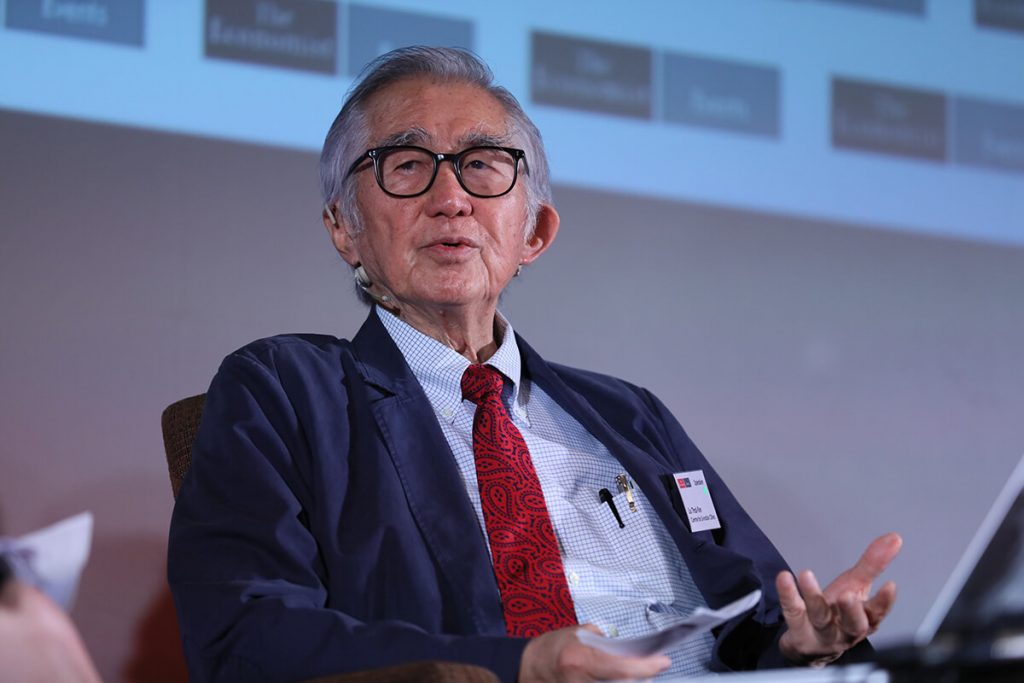
Liu Thai Ker was a speaker at the Sustainability Summit Asia 2017 that was held on 1st November at Sunway Resort Hotel. The event was organised by The Economist Events with the Jeffrey Sachs Center on Sustainable Development at Sunway University as the Founding Supporter.
The Jeffrey Sachs Center on Sustainable Development (JSC) is the hub of the United Nations Sustainable Development Solutions Network (UNSDSN) for research and policy practice to advance achievement of the Sustainable Development Goals (SDGs) in the ASEAN region. Established in Sunway University through a gift of US$10 million from the Jeffrey Cheah Foundation, JSC is chaired by Professor Jeffrey Sachs, director of the UNSDSN and special advisor to the UN Secretary-General on the SDGs.
More than half of the world’s population – around 3.5 billion people – currently lives in cities.
Even though cities occupy only 3% of the Earth’s land mass, their impact on climate change is great – they account for 60% to 80% of the world’s energy consumption and 75% of carbon emissions.
This underlines the importance of building sustainable cities and communities, which is the 11th goal of the United Nations Sustainable Development Goals (SDGs).
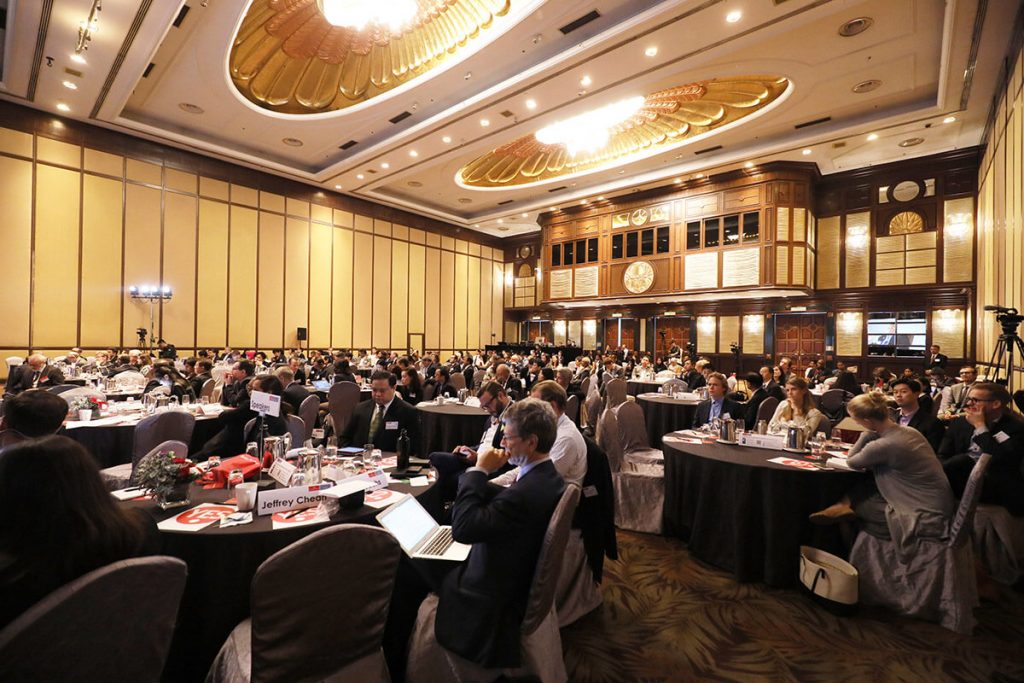
But what exactly constitutes a “sustainable city”?
“There are no comprehensive standards [to defining a sustainable city] but to me, a sustainable environment has different considerations. It’s about creating a spatial system and taking an integrated approach to creating the environment – the impact is bigger and it’s a much more effective way,” explained Liu Thai Ker, Founding Chairman of the Centre for Liveable Cities.
Liu, who was the CEO of the Singapore Housing Development Board (HDB) from 1979 to 1989 and the Chief Planner of Singapore’s Urban Development Authority from 1989 to 1992, has been credited as one of the architects of modern day Singapore.
Singapore has been ranked as the top city in Southeast Asia in the Sustainable Cities Index by Arcadis, a global natural and built asset design and consultancy firm.
According to Liu, Singapore’s journey towards becoming a sustainable city was possible because the government had taken a unified approach towards sustainable development, not pursuing it haphazardly as separate issues.
“In every city, you need one plan. The tendency in many cities around the world is to get different parties involved but there should not be separate plans. Everyone needs to get in on the same conversation – city planners are like conductors in an orchestra needing to get different instruments to work together,” he said.
“It’s about creating a spatial system and taking an integrated approach to creating the environment – the impact is bigger and it’s much more effective way”
Citing the example of good public transport, Liu said the Singaporean government had planned to establish a transit-oriented city as far back as the 1960s.
“It’s important to get the design right. In Singapore, townships were designed around the intersection of transit lines so that even if you hated taking the MRT (Mass Rapid Transit), it was a more convenient option than driving. You have to create a user-friendly system, think about how to satisfy the people’s needs before you can impose harsh rules to discourage car ownership and heavy taxation such as ERP (Electronic Road Pricing system),” said Liu.
Each new town was planned in such a way as to reduce the dependence on technology. For instance, in about 80% of the townships, schools were built within walking distance from homes.
“Laying a strong foundation to a city, such as having good, logical and well-planned design from the beginning, is a better strategy than being heavily reliant on technology to achieve sustainable development,” said Liu.
As Chairman of the Centre for Liveable Cities, Liu has advised more than 40 cities including over 20 cities in China on sustainable development. Many of the Chinese cities were not designed with sustainability in mind, but the mayors are now pursuing sustainable development.
“If a city is already developed, keep the existing slums and extend new development in harmony with the existing city – you don’t have to destroy it all. Bring the existing city into a new integrated system. Spend time studying the existing elements and get the government heads to talk to one another,” said Liu.
Sustainable cities are not just the work of city planners – civil society too has a role to play, he said.
“In today’s day and age, the voice of the individual is stronger than ever before. Government officials find it more necessary to listen to the voices of individuals. While people do complain unnecessarily and criticise the government, when honest and sincere suggestions are put forth, these can be conducive for the government,” Liu said.
He cites the grass-roots committees or Citizen Consultative Committees (CCC) as an important source of feedback to the government.
“Even though Singapore is criticised for being an autocratic state, the government does get the support of the CCC, NGOs, business and professional bodies before making any policies. Well-crafted policies benefit the citizens, and increases trust in the government, enabling the government to do more,” said Liu.
This article first appeared in Berita Sunway Issue 61











